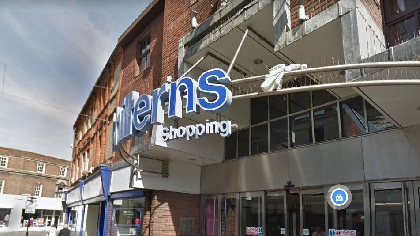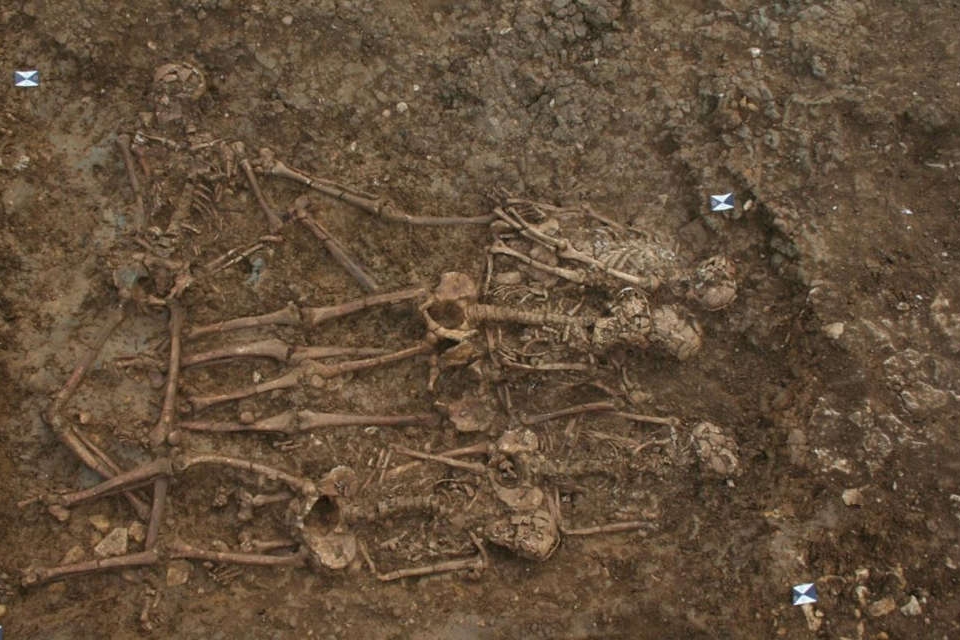
Primark High Wycombe may sit above a site of potential ‘prehistoric’ remains, archaeologists have said.
The budget retailer is among the ‘less-developed’ part of the Chilterns Shopping Centre, according to Oxford Archaeology.
In a statement, the longstanding practice said: “The site is considered to have a moderate potential for archaeological and paleoenvironmental remains dating from the prehistoric to medieval periods, and a low potential for post-medieval remains.”
Oxford Archaeology’s expert opinion came in a new detailed impact assessment submitted as part of Dandara Living’s plans to convert the Chilterns Centre into 303 new apartments.
Buckinghamshire Council is yet to determine the developer’s plans, which include the partial demolition of some buildings.
However, several consultees have already weighed in on the proposals, including archaeological experts.
Oxford Archaeology said: “There remains an underlying potential for archaeological and paleoenvironmental material to survive across the site, the extent of which is not currently fully understood.”
The practice claimed that archaeological deposits are more likely to be found near areas of the least-developed parts of the site.
These parts include the south-western areas of the Chilterns Centre and the eastern part of the site, including Primark.
These parts have been subject to less impact than the central and northern parts of the existing shopping centre.
Oxford Archaeology said it was ‘not possible to provide a more definitive analysis of the underlying archaeological potential of the site’ without further investigation.
The practice’s archaeological impact assessment was also discussed by one of the council’s archaeological officers in a written response to the application.
She claimed that not include all of the detail which was requested was included in the report, noting the absence of ‘archaeologically monitored GI boreholes’.
However, she said: “Despite the absence of these works, the report has been able to provide further detail as to the approximate height of the archaeological horizon in the immediate vicinity to the site, the current levels of the site following the construction of the shopping centre, and some detail on the survival or absence of archaeological deposits immediately beneath the current floor levels.”
She said such deposits ‘may be impacted upon by the development of the site’.
The officer also claimed that the limited data that was available suggested that the potential for ‘in situ remains to be present within the application site is low’.
But she added: “However the report is clear that there remains the potential for hitherto unidentified in situ deposits to be present across the whole site, with a higher potential in the southern section than in the northern section of the site.”



 Pub Arson in Stewkley
Pub Arson in Stewkley
 Man Stabbed in Wycombe Car Park.
Man Stabbed in Wycombe Car Park.
 Aylesbury MP announces 2025 Christmas Card competition winners
Aylesbury MP announces 2025 Christmas Card competition winners
 RSPCA faces tough Christmas with 3,500 animals and record cat numbers in care
RSPCA faces tough Christmas with 3,500 animals and record cat numbers in care
 Council takes decisive action to cut congestion and curb disruption from roadworks
Council takes decisive action to cut congestion and curb disruption from roadworks
 Aylesbury Set to Shine as Christmas Cruise Rolls Into Town This Saturday
Aylesbury Set to Shine as Christmas Cruise Rolls Into Town This Saturday
 Council leads efforts to unearth mystery behind medieval burial site in Buckingham
Council leads efforts to unearth mystery behind medieval burial site in Buckingham











